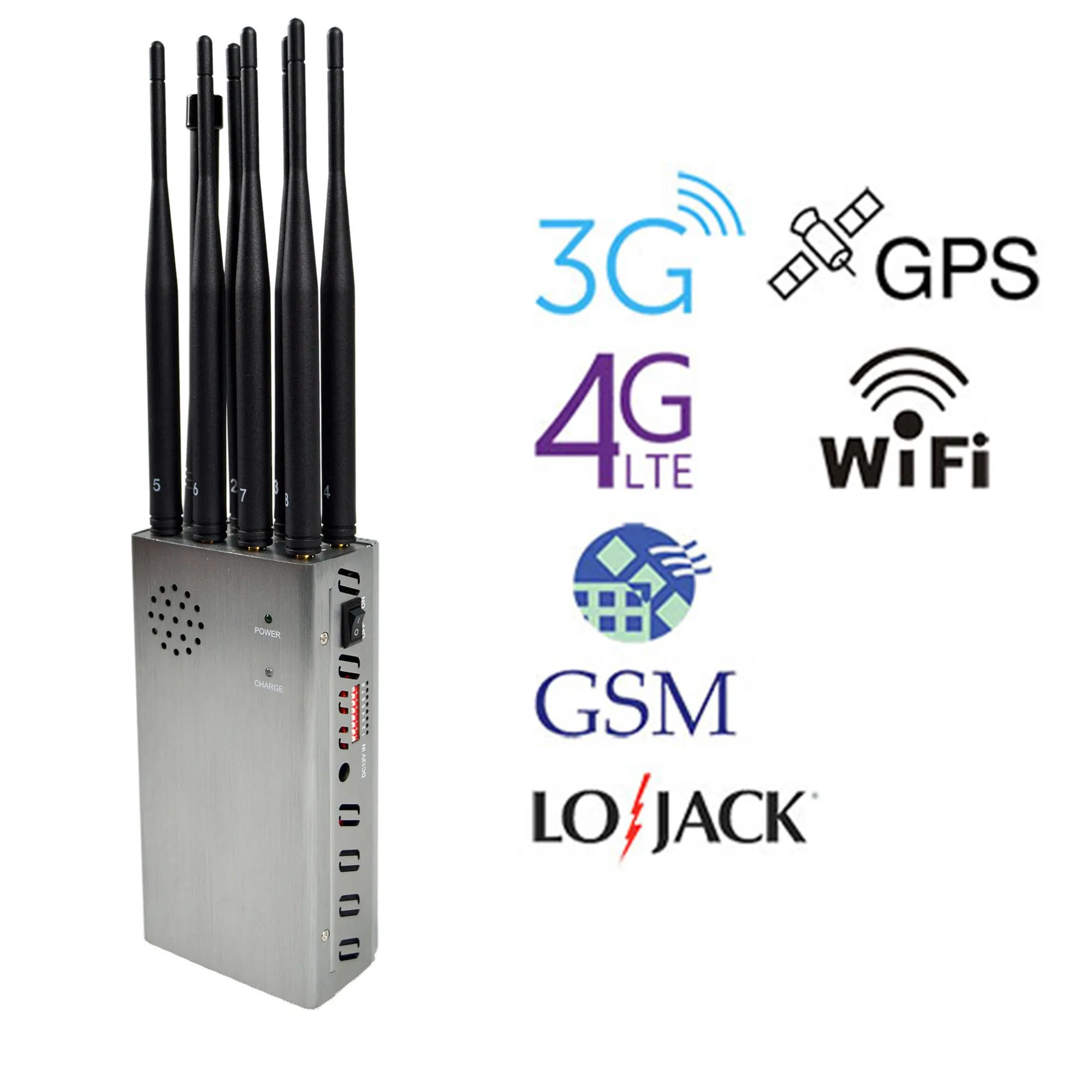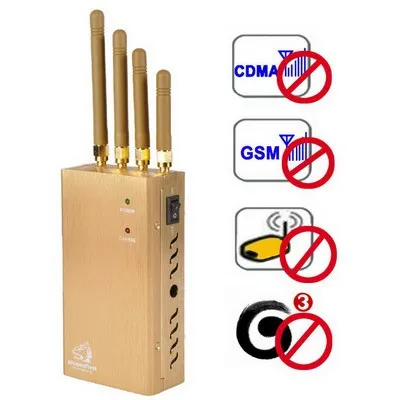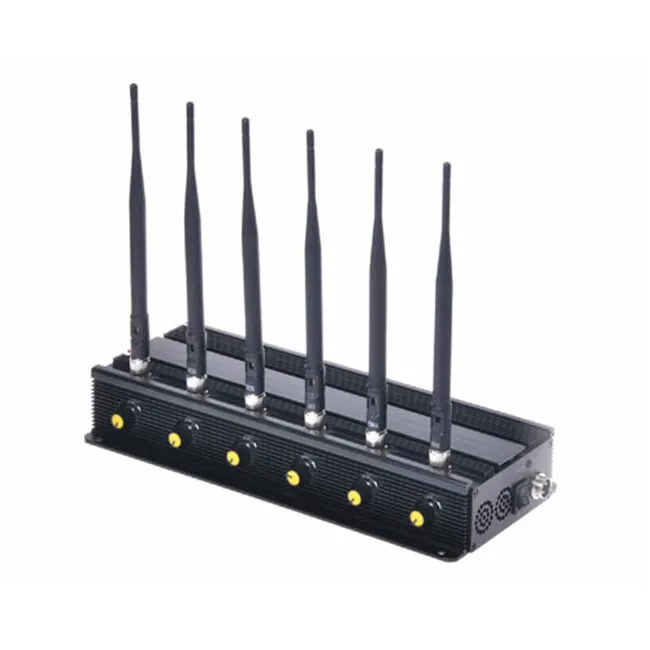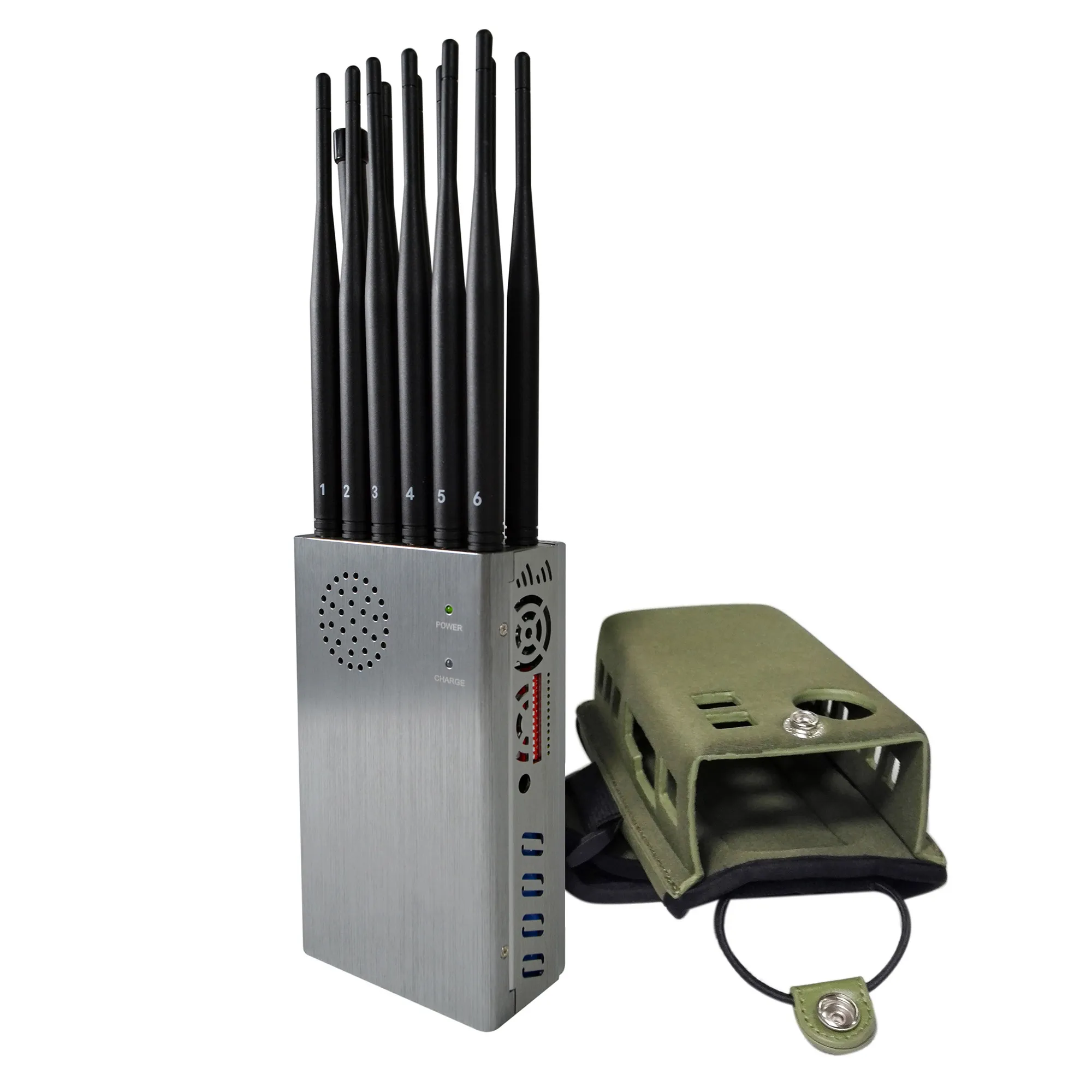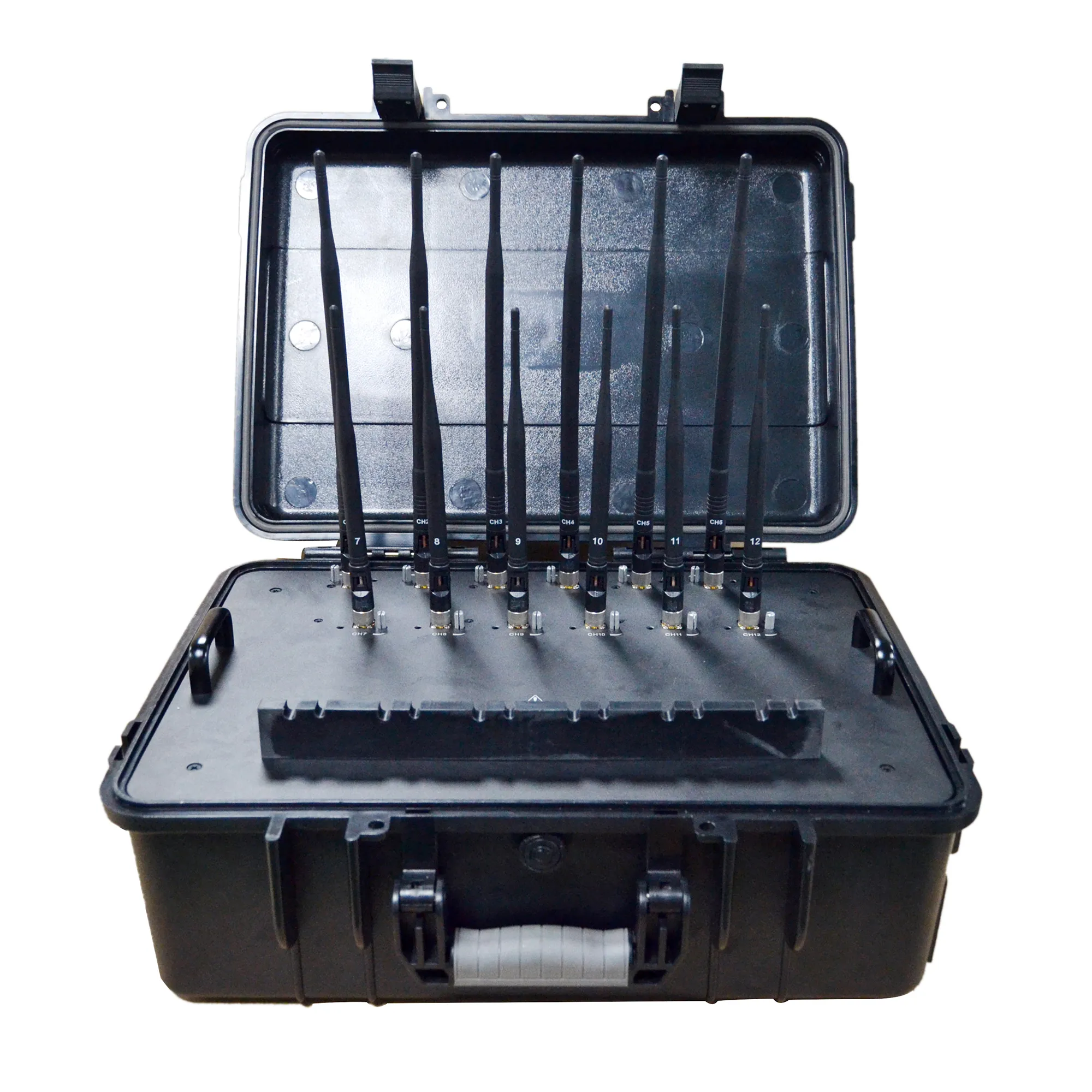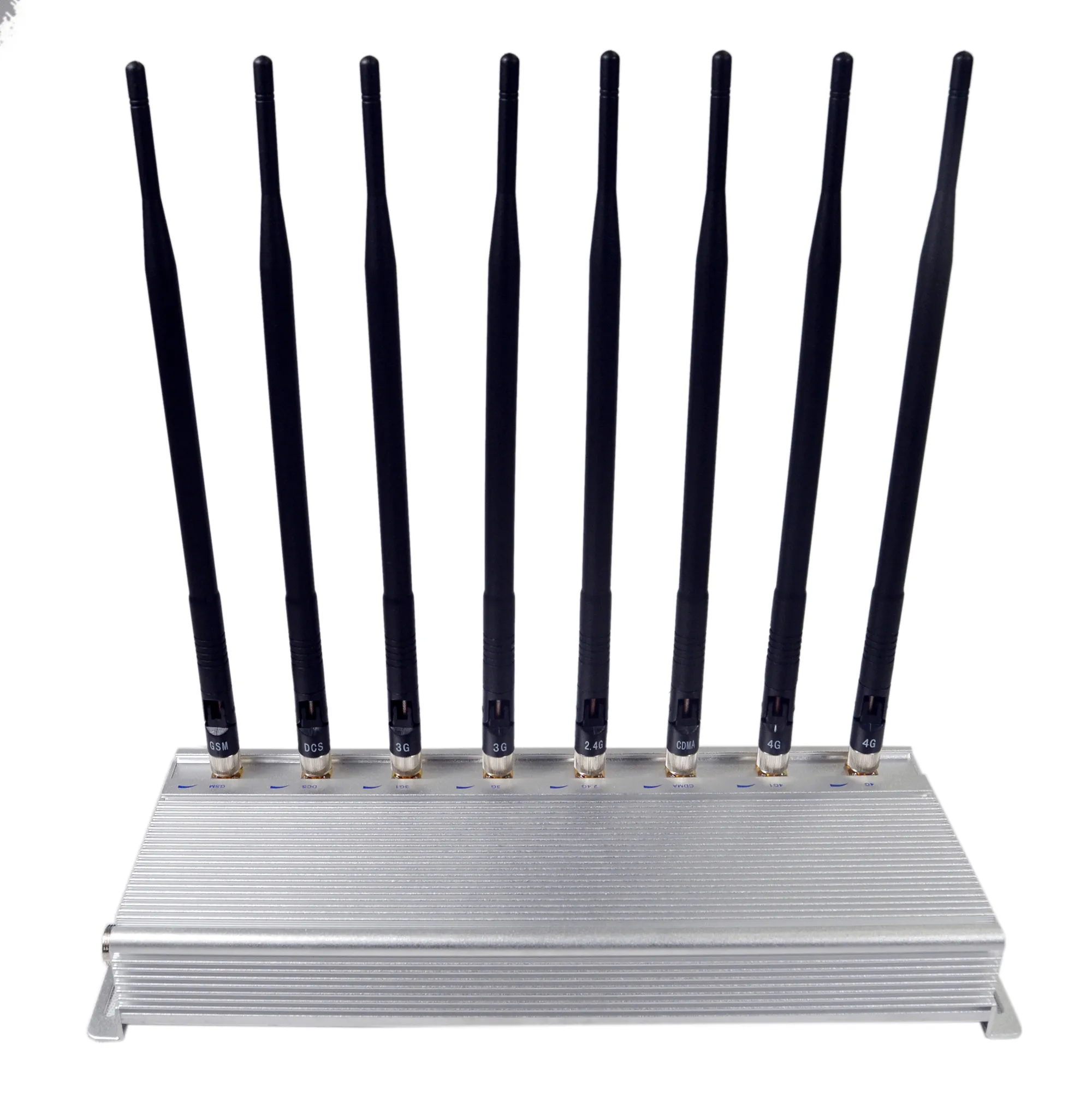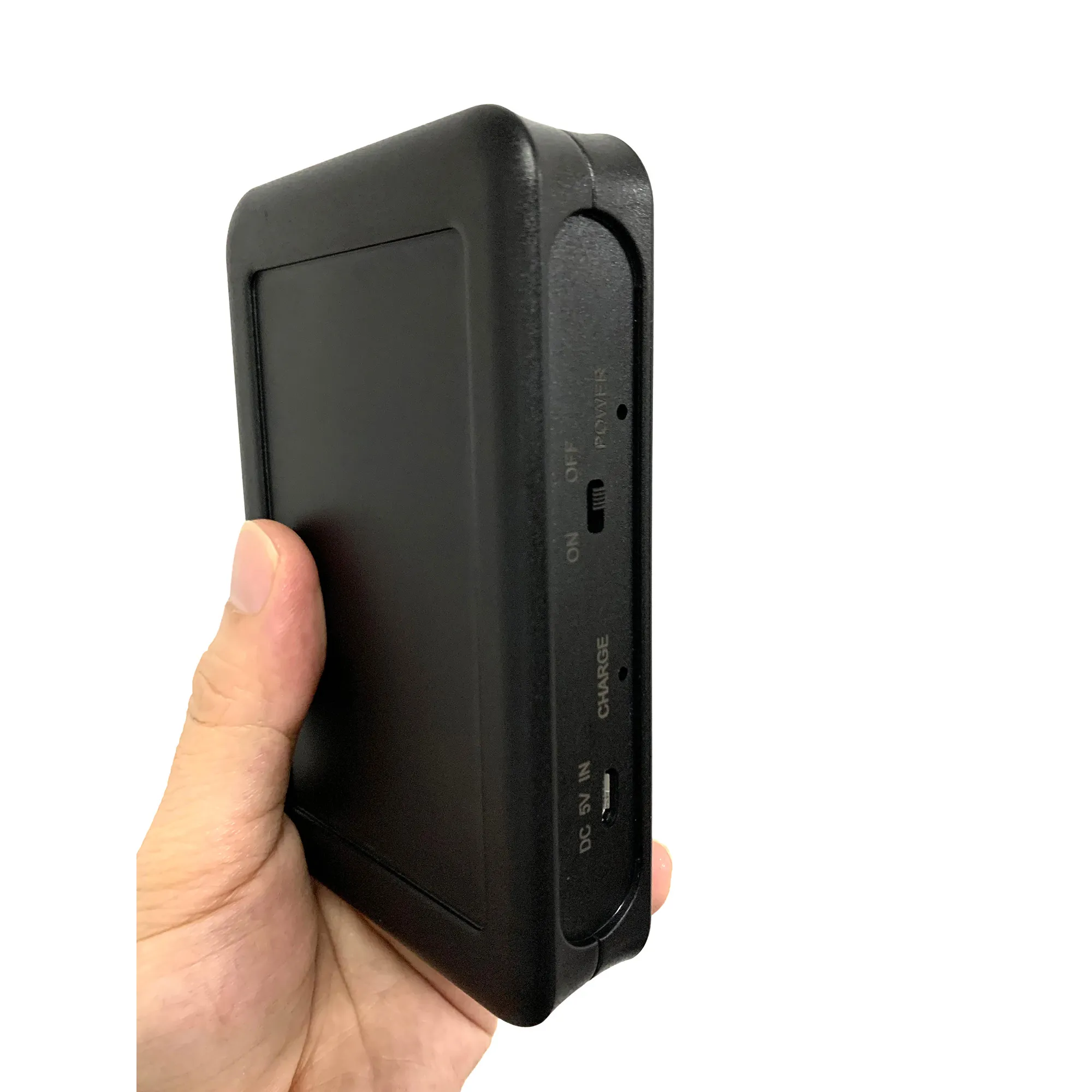
Mobile phones are everywhere these days. According to statistics from the Cellular Telecommunications and Internet Association, in October 2005, nearly 195 million people in the United States used mobile phone services. And mobile phones are still more common in Europe. You can call others at any time. Unfortunately, restaurants, movie theaters, concerts, shopping centers and churches are suffering from the proliferation of mobile phones because not all mobile phone users know when to stop calling. While the speaker is sharing private information with his friends and everyone else in the area, who hasn't seen one side of the conversation about the incredible personal situation?
Although most of us are just complaining and proceeding, in fact some of us have experienced extreme retaliation. Mobile phones are basically handheld two-way radios. Just like any radio, the signal may be interfered or disturbed. In this article, you will understand how cell phone blocker work and understand their purpose. Interrupting a cell phone is the same as blocking other types of radio communication. The mobile phone communicates with its service network through the mobile phone antenna mast or base station. Communication towers divide the city into small areas or units. When mobile phone users drive down the street, the signal is transmitted from one tower to another.
The interfering device emits the same radio frequency as the mobile phone and interrupts the communication between the mobile phone and the mobile phone base station in the tower. The Drone Jammer sends signals at the same frequency and with enough Power to overwhelm the mobile phone, and the two signals collide and cancel each other. Mobile phones are designed to improve performance during low-level interference, so jammers need to recognize and adjust the phone's Power increase. Mobile phones are full-duplex devices, which means they use two separate frequencies, one for talking and one for simultaneous playback. Some jammers only block one of the frequencies used by the phone, causing both to be blocked. With no service, the phone was scammed because it can only receive one of the frequencies.
Less complex devices block only one set of frequencies, while complex jammers can block multiple types of networks at the same time to suppress dual-mode or triple-mode phones, which automatically switch between different network types to find open signals . Some high-end devices can block all frequencies at once, while other high-end devices can be tuned to a specific frequency. All you need is a device that transmits at the correct frequency. Although different cellular systems handle signals differently, all cellular networks use radio signals that can be interrupted. GSM used in digital cellular and PCS-based systems is in the 900 MHz and 1800 MHz frequency bands in Europe and Asia and the 1900 MHz (sometimes 1.9 GHz) frequency band in the United States. The jammer can transmit on any frequency and is effective for AMPS, CDMA, TDMA, GSM, PCS, DCS, iDEN and Nextel systems. Old-fashioned analog phones and today's digital devices are also susceptible to interference.
The actual area of the barrier depends on its performance and local environment, which may include hills or walls of buildings that block noise. A blocked jammer will block calls within a range of approximately 9 m (9 m). The high-performance unit can create a football-free zone, the size of which is equivalent to a football field. Devices used by law enforcement agencies can shut down services up to 1.6 kilometers away from the equipment. In terms of electronics, cell phone jammers are very basic devices. The simplest is just an on/off switch and an indicator light to indicate that it is turned on. More complex devices have switches to activate different frequencies of interference. It is the component of the jammer.



